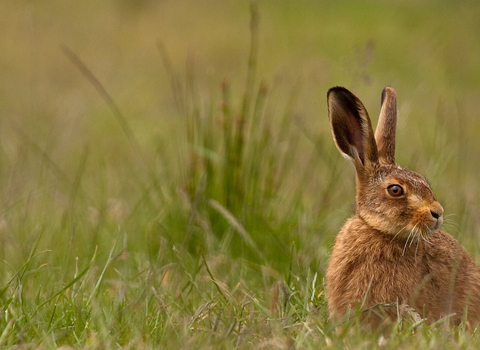Last November, while the eyes of the world were on the COP26 climate conference in Glasgow, the UK Government passed the first Environment Act in almost 30 years. The Government said that the new Act would “set an example for the rest of the world to follow” and enhance our environment for future generations.
The Act promises to set legally binding targets for the first time to improve biodiversity, clean up our rivers, and reduce air and waste pollution. Six months on and the Government have finally published the detail on what these targets will be – and are asking for the public’s feedback.


